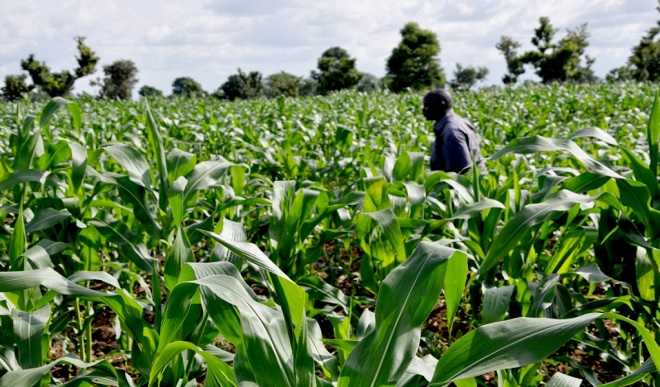How to harvest rain water for agricultural purposes
Rain water harvesting is one of the most effective methods of water management and water conservation. It involves collection and storage of rain water at surface or in sub-surface aquifers, before it is lost as surface run off. Water collected could be used for domestic needs, livestock, agroforestry and small-scale farming in order to overcome […]


Rain water harvesting is one of the most effective methods of water management and water conservation. It involves collection and storage of rain water at surface or in sub-surface aquifers, before it is lost as surface run off.
Water collected could be used for domestic needs, livestock, agroforestry and small-scale farming in order to overcome the inadequacy of surface water to meet demands and to checkmate declining ground water levels.
In India, the Centre for Science and Environment in New Delhi estimated that capturing rain water and run-off on only 2% of India’s total land area could supply 26 gallons of water per person.
Because this technique is cost effective, farmers in drier regions of the country can engage in water harvesting for irrigation, moisture conservation and also recharge of existing water sources to ensure availability of water all year round.
There are basically two methods of water harvesting; surface run-off harvesting and roof top rainwater harvesting.
The techniques for water harvesting are location specific. Farmers could harvest water through percolation tank which is an artificially created water body, or through gully plugs where bunds are created across small gullies and streams carrying water to tiny catchments during the rainy season, and also through channelling filtered water from fields to dug wells to store it.
Compiled by Safina Buhari. Source: www.yourarticlelibrary.com
